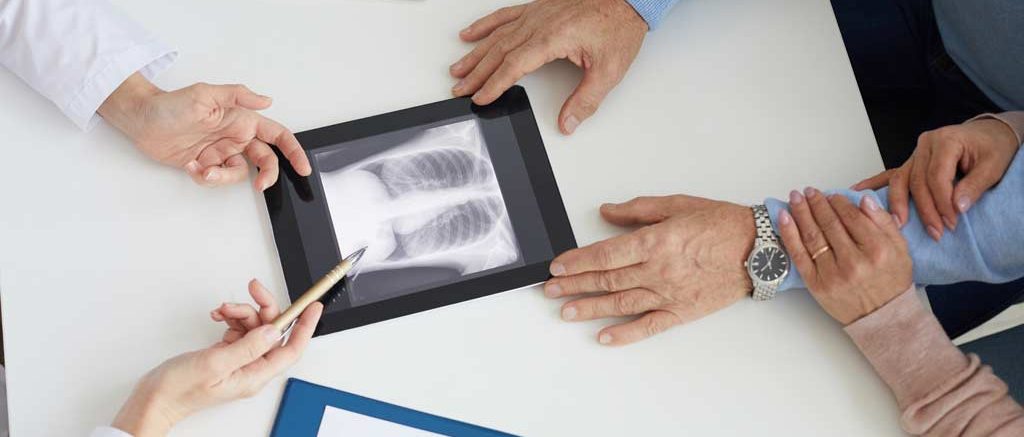It is popularly known as the hardening of the pleura. It usually heals without leaving any significant scars. However, careful monitoring is required because a significant proportion of cases are due to tuberculosis, which is not always recognized by chest X-rays.
Reasons
If the causative agent is not tuberculosis bacillus, there are various possibilities. Pneumonia can be caused by another lung disease, such as lung or bronchial inflammation, abscess, bronchial enlargement and destruction. It may be due to an intoxication disease such as gout and uremia. It may occur as a result of thoracic cage injuries, rheumatism or spread of an inflammation in neighboring tissues such as liver, gallbladder, peritoneum, heart to the pleura. It can also develop when the inflammatory agents reach the lung membrane through the blood or lymph circulation.
Symptoms
There are four major symptoms: Pain, fever, Cough and rubbing of the membranes. These are typical enough symptoms of the disease and recur to some extent in almost every case. However, they do not need to be present together for a definitive diagnosis to be made.
Pain is the first symptom that attracts the patient’s attention. It feels tight, stinging, and can be heard in one spot on the chest wall. This point usually coincides with the tip of the scapula. If the inflammation is concentrated in the membrane covering the top of the lung, the pain tends to spread especially to the shoulder. An important feature of the pain is that it increases with deep breathing, coughing and sneezing. The disease agent causes some changes in that region. For example, it expands the vessels that feed the pleura. As a result of the release of substances that increase vascular permeability from the inflamed area, a fluid containing copious amounts of fibrinogen leaks from the vessels. Fibrinogen is a protein. When it accumulates between the two layers of the lung membrane, it hardens over time and turns into a reticulated or particulate fibrin mass. Meanwhile, with the shedding of the cells lining the layers of the lung membrane, the membrane area covered by them remains exposed. The surface of the lung membrane thus loses its lubricity and the two layers of the membrane cannot easily slide over each other during respiration. The friction of the membrane layers against each other during the respiratory movement causes pain by stimulating the sensory nerve endings on the surface of the membrane covering the chest wall. On the other hand, since there are no sensory nerves in the part of the membrane that covers the lung, this area is painless.
Fever can develop in many different forms. It usually rises up to 38°C-39°C; It is particularly evident at the onset of the disease and remains elevated throughout the day”. A more important symptom is a cough that is dry and persistent. It occurs as a result of a reflex arising from inflammation in the pleura. It is extremely irritating because it increases the pain.
Rubbing of the pleura is the main symptom of the disease. The intensity of the rubbing sound varies depending on the extent of inflammation in the pleural layers. This sound, which is similar to the sound of fresh leather being rubbed, the sound of walking in the snow or the sound of hair strands rubbing against each other, arises from the friction of the layers of the lung membrane, which is now a rough structure. It is heard during deep breathing and when inhaling rather than exhaling. The fading away of the sound over time suggests that the fibrin deposits have disappeared, the two layers of the pleural membrane have joined, or the layers have moved far enough apart that they cannot be rubbed due to the accumulation of fluid (exudate) in the pleural cavity. The last possibility indicates a transition from fibrinous pleurisy to aqueous pleura.
The symptoms of dry (fibrinous) pleurisy may be very mild, especially in cases of tuberculosis. It may be overlooked at first and may spread to the lungs and become much more severe. For this reason, if the symptoms are mild, persistent and repetitive, X-ray should be taken and various examinations should be performed.

